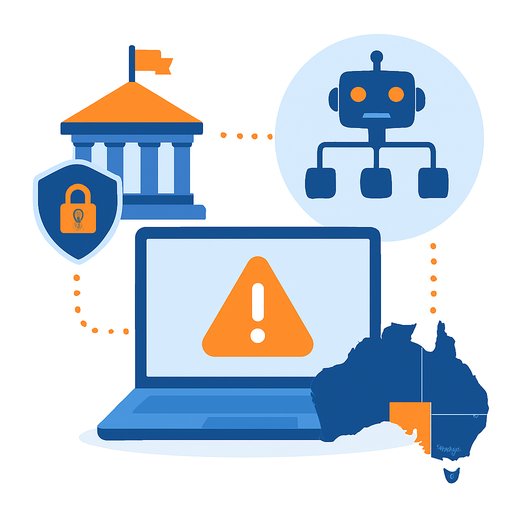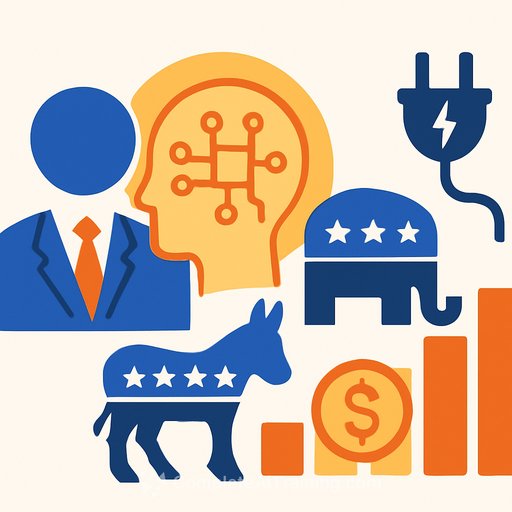State money, smart machines: How Asia-Pacific is staying ahead in the AI race
Across Asia-Pacific, AI has moved from pilot projects to national strategy. Governments are stepping in to speed up adoption, set guardrails and fund the infrastructure that makes AI useful at scale. In a conversation at NetApp Insight 2025, Andrew Sotiropoulos, senior vice president and general manager for Asia-Pacific at NetApp, put it plainly: "Government has an important role to play, especially around data sovereignty and supporting neocloud growth adoption in each of the countries."
He pointed to Northeast Asia as the tip of the spear. "What we are seeing in some of the countries is government playing a stronger role in trying to create an ecosystem and environment where the AI adoption can be accelerated. You see that in Korea, Taiwan [and] Japan."
Why this matters for public-sector leaders
- Data location must be predictable: Agencies need clear residency rules and compliant storage. That drives architecture decisions, procurement and vendor selection.
- Costs must be forecastable: Budgets break when egress, inference and retraining fees spike. Guardrails and standardized contracts reduce "AI drift" in spend.
- Access must be governed: Identity, consent and auditability are non-negotiable for cross-agency use and external data sharing.
The neocloud pattern: local-first, globally consistent
The dominant pattern Sotiropoulos sees: build neoclouds inside borders, apply consistent privacy controls, and place workloads based on latency, portability and security. That lets agencies keep sensitive data in-country while still using global toolchains and models where appropriate.
In regulated sectors, presence on the ground matters as much as global scale. "You have to be local. You have to partner with the local entities because they have strong engagement and reputations within."
A practical playbook for agencies
- Map your data: Classify systems of record, system-of-engagement data and telemetry. Tag by residency, sensitivity and retention.
- Choose workload placement: Train and fine-tune near the data; run latency-sensitive inference at the edge; keep PII inside the neocloud.
- Standardize contracts: Bake in data portability, exit terms, local support requirements and transparent pricing for storage, tokens and egress.
- Build a local coalition: Partner with domestic cloud providers, universities and sector regulators. Pilot on a narrow use case with measurable outcomes.
- Enforce governance-by-default: Centralize identity, keys and policy. Automate logging, lineage and model versioning.
- Measure what matters: Track service levels (latency, uptime), model quality (drift, bias), and unit costs (per query, per record, per citizen served).
Where APAC is leaning in
- Citizen services: Triage, translation, and form assistance with strict audit trails and opt-in consent.
- Healthcare: Imaging triage and administrative automation kept inside national health data stores.
- Finance and tax: Anomaly detection and case prioritization using tokenized data, with strong segregation.
- Critical infrastructure: Predictive maintenance at the edge, with offline fail-safes and rapid model rollback.
Risk controls that travel well
- Data residency and sovereignty: Keep sensitive training sets local; use federated learning or fine-tuning with strict redaction for cross-border collaboration.
- Vendor lock-in: Favor open formats for models and vector stores. Require export paths and reference architectures that work across multiple clouds.
- Operational assurance: Tie deployment to a formal risk framework and run pre-production "chaos tests" for model and data outages.
Policy frameworks worth aligning to
For procurement and oversight, align your internal controls with recognized guidance. The NIST AI Risk Management Framework offers a clear structure for mapping risks, measuring controls and monitoring performance across the AI lifecycle. For cross-border privacy, review the APEC CBPR system to inform data-sharing agreements with allied economies.
What to do in the next 90 days
- Stand up a small, in-country neocloud landing zone with baseline controls and audit.
- Pick one high-impact use case with clean data and clear metrics; ship a pilot.
- Publish an agency-wide AI service catalog with approved models, datasets and APIs.
- Negotiate standard clauses for portability, local support and predictable pricing.
Sotiropoulos summed up the region's approach: there are shared challenges across APAC, but each economy adapts to serve its citizens best. The lesson for public agencies is simple: be local where it counts, be consistent where it saves time, and move with purpose.
Upskill your team
If you're building internal capability, see focused learning paths by role at Complete AI Training. Keep the curriculum close to your tech stack and your policy commitments.
Your membership also unlocks:






